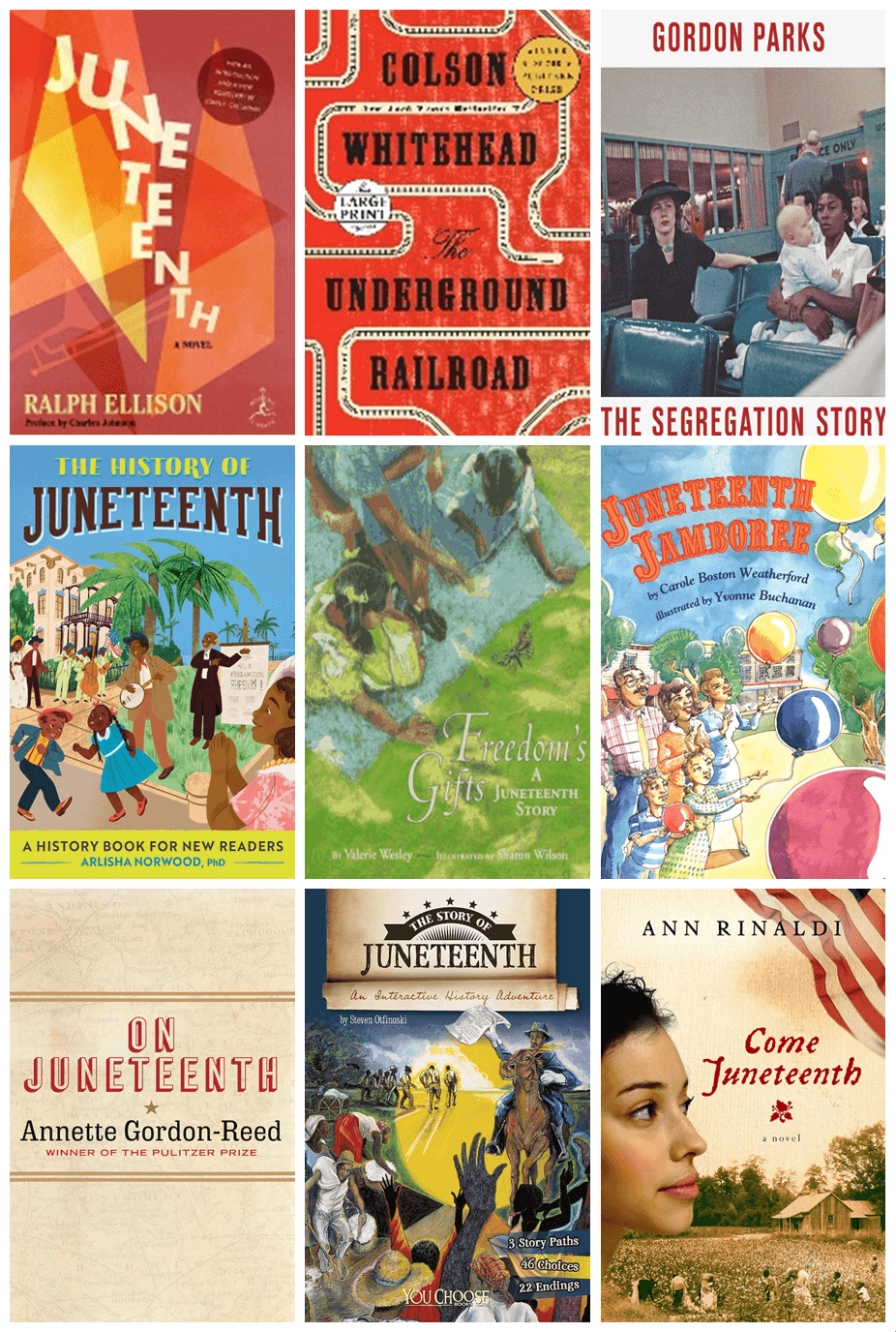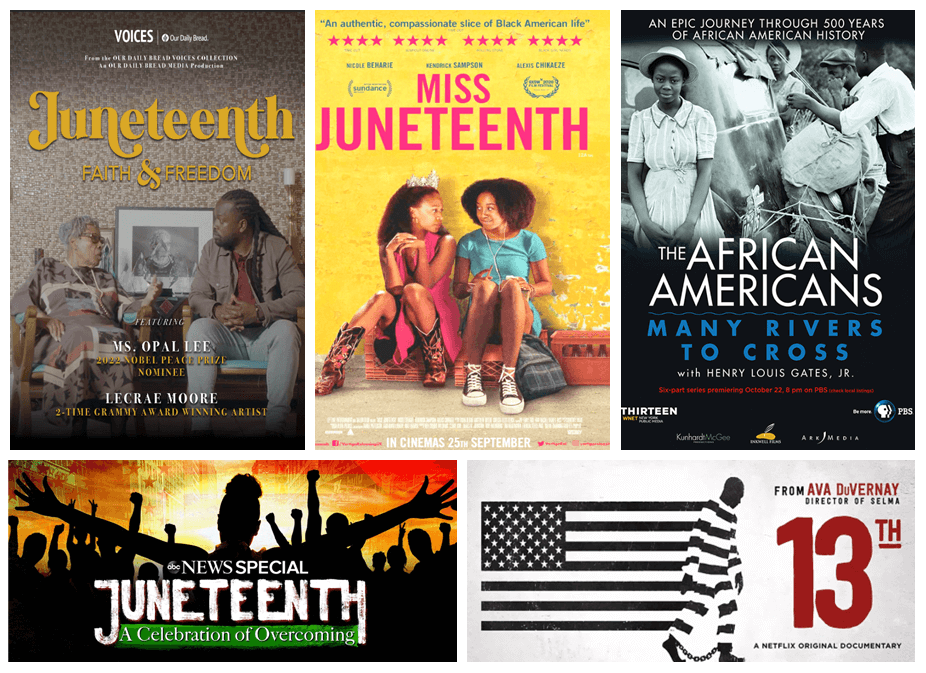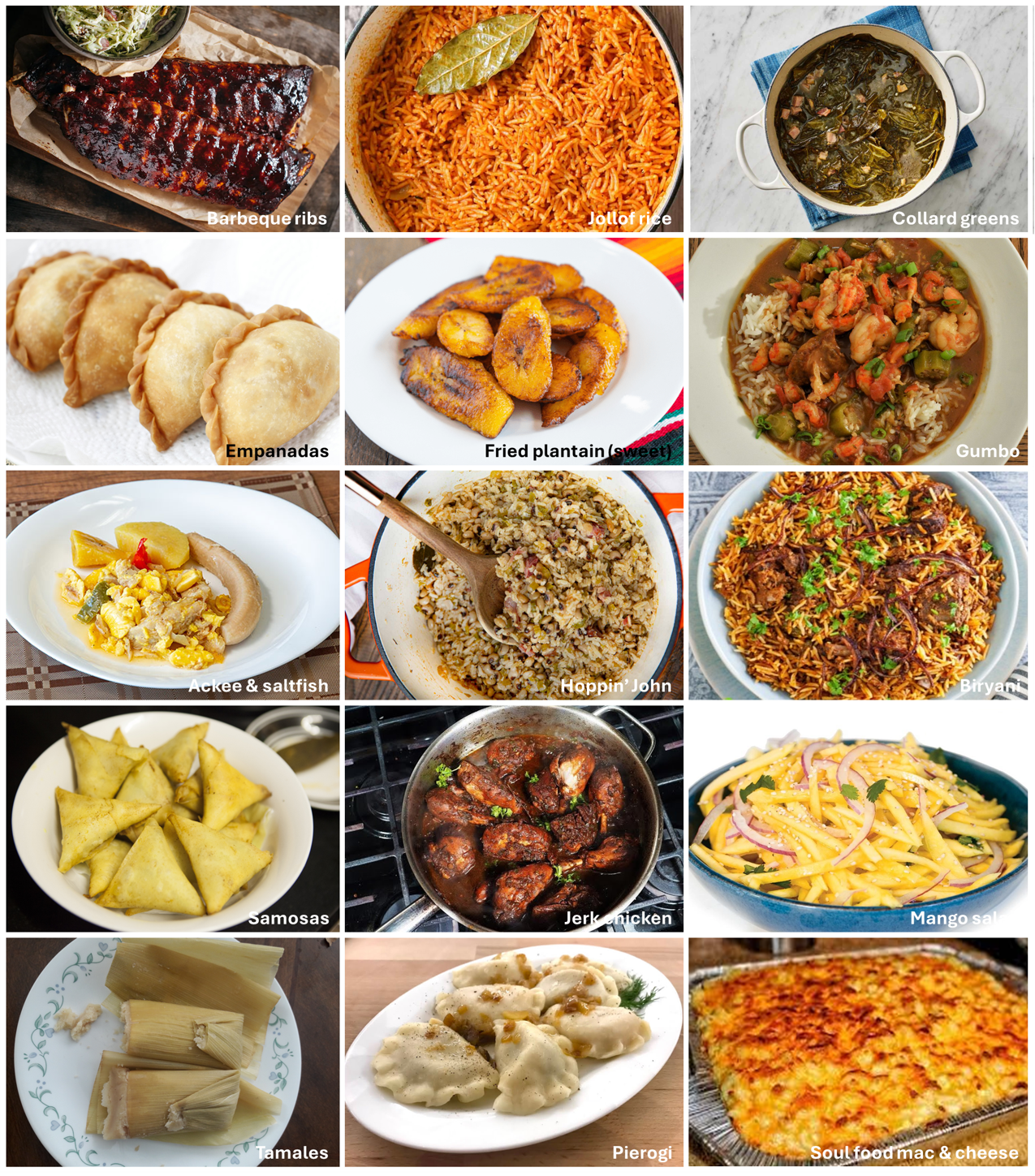Juneteenth
Juneteenth Committee Report - 2024
Juneteenth, also known as Freedom Day or Emancipation Day, marks a pivotal moment in American history. This holiday celebrates the end of slavery in the United States and dates back to June 19, 1865. On that day, Major General Gordon Granger arrived in Galveston, Texas, to announce the enforcement of the Emancipation Proclamation which effectively freed the last remaining enslaved African Americans. This day resonates deeply within the African American community and remains cause for celebration. Juneteenth was officially recognized as a federal holiday on June 17, 2021, by President Joe Biden. This holiday stands as a powerful symbol of freedom, resilience, and the ongoing pursuit of equality, embodying the triumphs and struggles that have shaped the nation's journey toward justice.
Juneteenth offers a wonderful opportunity to celebrate freedom and honor African American history and culture through a variety of activities and there are countless ways to engage with this significant holiday. We encourage everyone to contribute to the spirit of unity and celebration that Juneteenth embodies.
Brady Hardiman, Forestry & Natural Resources; Shaneka Lawson, US Forest Service, Forestry & Natural Resources
Literature and Film
Literature and films related to Juneteenth are crucial to preserving and sharing its history and significance. Books like "Juneteenth" by Ralph Ellison and "On Juneteenth" by Annette Gordon-Reed offer in-depth perspectives on the holiday. Films such as "Miss Juneteenth" and documentaries like "Juneteenth: A Celebration of Freedom" highlight the resilience and contributions of African Americans, ensuring the legacy of Juneteenth is passed on to future generations.

- "Juneteenth" by Ralph Ellison: A novel that explores the life of a biracial man named Bliss, who is discovered unconscious on the steps of the Capitol on the day of a senator's funeral.
- "The Underground Railroad" by Colson Whitehead: While not exclusively focused on Juneteenth, this novel follows the story of a young slave, Cora, as she escapes slavery using an underground railroad.
- "Gordon Parks: Segregation Story" by Gordon Parks: A powerful collection of photographs by Gordon Parks documenting the daily lives of African Americans in segregated communities during the 1950s.
- "The History of Juneteenth: A History Book for New Readers (The History of: A History Series for New Readers)" by Arlisha Norwood PhD: A children's book that beautifully illustrates the experience of freedom on the first Juneteenth.
- "Freedom's Gifts: A Juneteenth Story" by Valerie Wesley: A middle-grade novel that follows a young girl named Felicity who learns about Juneteenth and its significance through a magical journey.
- "Juneteenth Jamboree" by Carole Boston Weatherford (Author) and Yvonne Buchanan (Illustrator): A picture book that celebrates the joy and festivities of Juneteenth, capturing the spirit of the holiday.
- "On Juneteenth" by Annette Gordon-Reed: A historical exploration of Juneteenth by Pulitzer Prize-winning author Annette Gordon-Reed, providing insights into the holiday's origins and significance.
- "The Story of Juneteenth" by Steven Otfinoski: A comprehensive non-fiction book for young readers that explains the history and importance of Juneteenth.
- "Come Juneteenth" by Ann Rinaldi: A historical novel set during the Reconstruction era, following a young girl named Luli and her family as they navigate the challenges of post-Civil War Texas.

- "Juneteenth: Faith & Freedom" (Documentary): This PBS documentary provides a detailed exploration of the events leading to the emancipation of enslaved African Americans and the significance of Juneteenth. It offers historical insights and personal narratives that contribute to a deeper understanding of this important day.
- "Miss Juneteenth" (Film): A fictional drama that revolves around a former beauty queen preparing her daughter for the Miss Juneteenth pageant. The film touches on themes of identity, heritage, and the legacy of slavery, offering a poignant portrayal of the celebration's cultural significance.
- "Juneteenth: A Celebration of Overcoming" (TV Special): An ABC special about the observance of Juneteenth, the holiday celebrating the end of slavery in America, and its meaning to the ongoing struggle for black equality in America.
- "The African Americans: Many Rivers to Cross" (Documentary Series): This PBS documentary series, hosted by Henry Louis Gates Jr., covers the entire history of African Americans in the United States. Episode 5, titled "Rise!" specifically covers the Civil War and emancipation, providing context for the events leading up to Juneteenth.
- "13th" (Documentary): While not exclusively about Juneteenth, "13th" explores the history of racial inequality in the United States and the systemic issues that persist. Understanding this broader context is crucial for appreciating the significance of Juneteenth in the ongoing struggle for freedom and equality.
Culinary

- Barbecue Ribs (Southern US): A classic Southern barbecue dish, featuring slow-cooked, flavorful ribs. December 6, 1865
- Collard Greens (Southern US): Slow-cooked greens often flavored with smoked meats, a staple in Southern cuisine. December 6, 1865
- Gumbo (Louisiana Creole): A rich and hearty stew with a mix of meats, vegetables, and spices, reflecting Louisiana Creole culture. December 6, 1865
- Hoppin' John (Southern US): A dish made with black-eyed peas, rice, and pork, often eaten for good luck in the Southern United States. December 6, 1865
- Soul Food Macaroni and Cheese (Southern US): Creamy and rich macaroni and cheese, a classic comfort food in Southern soul food traditions. December 6, 1865
- Fried Plantains (Caribbean/African): Sweet and savory fried plantains are a popular side dish in many Caribbean and African cuisines. 1834 (Jamaica, effective in 1838)
- Ackee and Saltfish (Jamaican): A traditional Jamaican dish featuring salted codfish and ackee fruit. 1834 (Jamaica, effective in 1838)
- Jerk Chicken (Caribbean): Chicken marinated in a flavorful and spicy jerk seasoning, a staple in Caribbean cuisine. 1834 (Jamaica, effective in 1838)
- Jollof Rice (West African): A popular West African dish made with rice, tomatoes, and a blend of spices. 1900 (Nigeria under British rule)
- Empanadas (Latin American): Savory pastries filled with various ingredients, representing Latin American culinary traditions. September 16, 1829 (Mexico)
- Tamales (Mexican): Steamed or boiled corn husk-wrapped parcels filled with masa dough and various fillings. September 16, 1829 (Mexico)
- Biryani (South Asian): A flavorful and aromatic rice dish with spices, meat, and vegetables, representing South Asian cuisine. 1843 (British India)
- Samosas (Indian): Deep-fried pastries filled with spiced potatoes, peas, and sometimes meat, popular in Indian cuisine. 1843 (British India)
- Mango Salad (Southeast Asian): A refreshing salad with mango, herbs, and spices, representing Southeast Asian flavors. 1905 (Thailand)
- Pierogi (Eastern European): Dumplings filled with ingredients like potatoes, cheese, or meat, popular in Eastern European cuisines. 1861 (Russia, serfdom abolished)